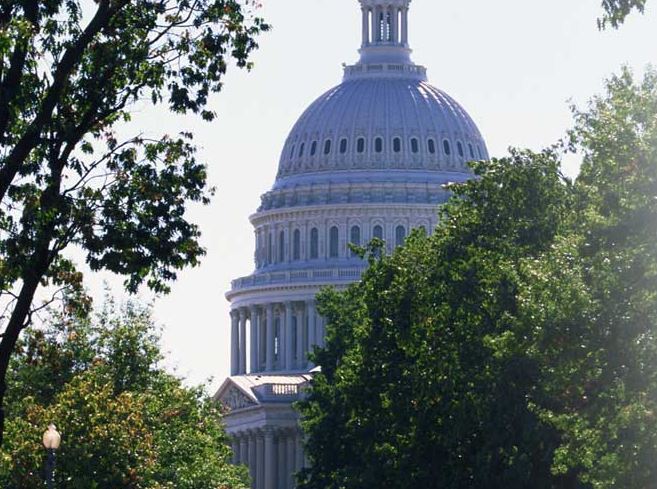FOR IMMEDIATE RELEASE
May 29, 2020
Caleb Buhs, [email protected] or 517-282-6018
LANSING, Mich. — Seasonally unadjusted jobless rates jumped significantly in all 17 of Michigan’s major labor market areas and in all 83 counties during April, according to data released today from the Michigan Department of Technology, Management & Budget (DTMB). The April data reflected the first month of the initial impact of COVID-19 on employment and unemployment trends in regional labor markets. Most of the COVID-19 related layoffs began in the second half of March and continued through all of April.
“Jobless rates in April exceeded 20 percent in most Michigan regions, reflecting the impact of the COVID-19 pandemic.” said Jason Palmer, director of the Bureau of Labor Market Information and Strategic Initiatives. “Industry jobs plunged throughout the state, particularly in the leisure and hospitality and manufacturing sectors.”
Regional jobless rates ranged from 14.9 to 30.1 percent. The April unemployment rate monthly advances ranged from +12.6 to +26.0 percentage points, with a median increase of 20.8 percentage points. The largest over-the-month rate jump occurred in the Flint Metropolitan Statistical Area (MSA), which also exhibited the highest metro area jobless rate of 30.1 percent. Flint also recorded the largest percent nonfarm job reduction in April, mainly due to a pronounced decrease in the manufacturing sector (-55.5 percent). The smallest jobless rate advance of 12.6 percentage points occurred in the Ann Arbor MSA.
Jobless rates well above year-ago levels
April 2020 regional unemployment rates in Michigan were far above prior year levels, with a substantial median rate hike of 20.8 percentage points. Like over-the-month changes, the largest over-the-year rate gain occurred in the Flint MSA (+25.7), while the smallest occurred in the Ann Arbor region (+12.3).
Total employment down steeply over month and year
Total employment fell significantly in all 17 major Michigan labor market areas in April. Employment reductions ranged from 17.5 to 29.4 percent, with a median decline of 22.2 percent. The largest over-the-month employment decrease was observed in the Detroit MSA (-29.4 percent), followed by the Northeast Lower Michigan region (-26.4 percent). The smallest employment reduction was observed in the Upper Peninsula (-17.5 percent).
Similar to the over-the-month movements, employment declined sharply in all major Michigan labor market areas over the year, with the largest reduction observed in the Detroit metro area (-28.7 percent).
Workforce levels down over month and year
Labor force levels fell in 13 of Michigan’s 17 labor market areas in April. Workforce reductions ranged from 0.3 to 10.9 percent, with the most pronounced decline observed in the Detroit MSA.
Workforce levels receded in 14 regions over the year. The Detroit metro area recorded the largest labor force reduction of 9.2 percent. Flint, Monroe, and Muskegon all demonstrated workforce increases since April 2019.
April payroll jobs plunged dramatically in Michigan metro regions
The monthly survey of employers indicated that, due to the impact of the COVID-19 pandemic, seasonally unadjusted April payroll jobs in Michigan fell by a record 977,000, or 22.3 percent, to 3,404,000. Substantial job cuts occurred in all industries, with the largest observed in the leisure and hospitality sector (-225,000 jobs). On a numeric basis, the second largest industry employment reduction occurred in manufacturing, with a loss of 173,000 jobs. The broad sectors with the largest monthly job losses tended to be those that were not deemed essential or in which working remotely was not widely possible.
Payroll employment fell sharply in all 14 metro regions during April. Reductions ranged from 14.9 to 24.1 percent, with the largest percentage job drop in the Flint region. Flint also had the highest percentage job decrease in manufacturing, plunging by 55.5 percent over the month. Ann Arbor exhibited the smallest over-the-month nonfarm employment reduction of 14.9 percent.
Michigan’s unadjusted payroll employment total receded by 1,009,000 over the year, or 22.9 percent. All 14 metro regions exhibited nonfarm employment declines over the year, led by the Detroit MSA (-24.5 percent). Detroit also led the metro areas in several industry employment cuts over the year, including education and health services (-18.2 percent); other services (-37.5 percent); and mining, logging, and construction (-51.1 percent).
County jobless rates up over month and year
With the impact of the COVID-19 pandemic, all 83 Michigan counties registered sharp jobless rate hikes over the month and year. In fact, 80 Michigan counties in April recorded the highest unemployment rate since 1990. Over-the-month rate advances ranged from 10.7 to 28.1 percentage points, with a median increase of 21.0 percentage points. The smallest rate gain occurred in Menominee County, while the largest was observed in Cheboygan County. Over-the-year jobless rate hikes among counties ranged widely from 10.6 to 29.6 percentage points.
For more detailed information, including data tables, view the full release.
Note: Data in this release is not seasonally adjusted. As a result, employment and unemployment trends may differ from previously released Michigan seasonally adjusted data.
A breakdown of seasonally unadjusted April workforce estimates for Michigan and its 17 major labor market areas follows, along with a listing of county jobless rates for April.
Note to editors: Please ensure that the source for state unemployment rates reads “Michigan Department of Technology, Management & Budget.”





